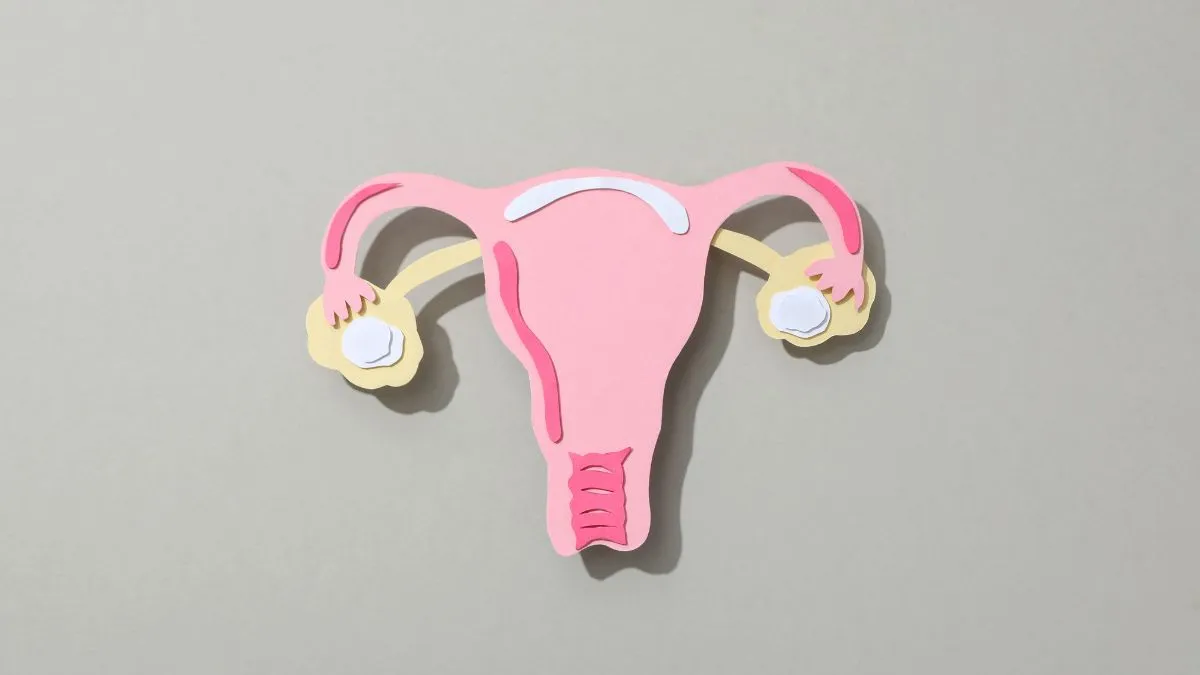
Ovarian cysts have become a common health issue lately, with a lot of women getting diagnosed with these fluid-filled sacs that develop on or inside the ovary. While most of these cysts are harmless and go unnoticed, few can cause pain, discomfort, and even serious conditions if not treated in time. According to the studies conducted by the National Library of Medicine, it is estimated that about 10 out of 100 women have ovarian cysts. One of the most common, but often missed, reasons for ovarian cyst formation is hormonal imbalance, which is common in women of reproductive age today. Irregular periods, unexplained weight gain, tiredness, or acne may arise as the symptoms of a hormonal shift in the body.
Table of Content:-
What Causes Ovarian Cysts?
According to Dr Manisha Gupta, Consultant- Obstetrics and Gynaecology, Manipal Hospital, Jaipur, “Most of the ovarian cysts form naturally during the menstrual cycle and are known as functional cysts. These occur when the regular processes of ovulation do not take place as planned. Each month, the ovaries develop little fluid-filled sacs known as follicles, which produce oestrogen and progesterone before releasing an egg during ovulation. If a follicle does not break and release the egg, it might continue to grow and develop into a cyst, known as a follicular cyst. Additionally, if the entrance through which the egg was released remains shut, fluid may build inside, causing a corpus luteum cyst.”
Apart from functional cysts, other kinds of cysts are not related to the menstrual cycle; these are:
- Dermoid cyst – also known as teratoma, forms from reproductive cells, may contain other tissues, skin or teeth. These cysts are non-cancerous.
- Cystadenoma – Cyst might be filled with watery or mucous material. A cyst might grow to a large size. Not always ovarian cysts can twist or burst (Rupture).
- Endometrioma- Sometimes cells that are similar to those that are found in the womb grow outside the uterus, in the Ovary, and may form a Cyst called Endometrioma.
Sometimes, Solid Ovarian cysts that develop after menopause might be cancerous.
Also Read: Miley Cyrus Had A Ruptured Ovarian Cyst Before a Show, What Causes Cysts In The Ovaries
Symptoms Of Ovarian Cysts To Watch Out For
As per Dr Gupta, most ovarian cysts produce no symptoms and resolve on their own. However, if the size of the cyst is comparatively big, it may exhibit the following symptoms of ovarian cysts:
- Pelvic Pain or pressure
- Irregular or missed periods
- Feeling of fullness or bloating
- Pain during sex
- Frequent urge to urinate
Sometimes ovarian cysts can twist or burst (rupture). This can cause serious symptoms.
Also Read: Ovarian Cysts Vs. PCOS: Gynaecologist Lists Out Key Differences
Diagnosis and treatment
Ovarian cysts are usually diagnosed using a combination of pelvic tests, ultrasound and blood tests to identify the hormonal fluctuations. As mentioned earlier, most of the ovarian cysts resolve on their own depending on their size and type. In order to identify the type and potential course of treatment, Dr Gupta suggests the following four tests be conducted:
1.Pelvic Tests: Doctors may feel inside your pelvis for any lumps or changes
2. Ultrasound: This imaging method uses sound waves to produce images of your pelvic organs. It can detect cysts in the ovaries, including the location and whether they are fluid or solid.
3. Laparoscopy: It is used in case of a large, persistent, or potentially cancerous cyst. It is performed in operating rooms where the experts insert a camera through an incision and can view the pelvic area to remove the cyst.
4. Tumour marker test: Blood levels of a protein may be elevated in ovarian cancer.
Final Word
Maintaining hormonal balance through good lifestyle choices may significantly decrease the possibility of developing cysts. This involves stress management, maintaining a healthy weight, eating a balanced diet high in whole foods, and engaging in regular exercise. If one notices irregular cycles or persistent pelvic discomfort, it becomes important to see a doctor immediately. Taking quick action not only prevents difficulties but also contributes to long-term reproductive health.
Also watch this video
How we keep this article up to date:
We work with experts and keep a close eye on the latest in health and wellness. Whenever there is a new research or helpful information, we update our articles with accurate and useful advice.
Current Version
